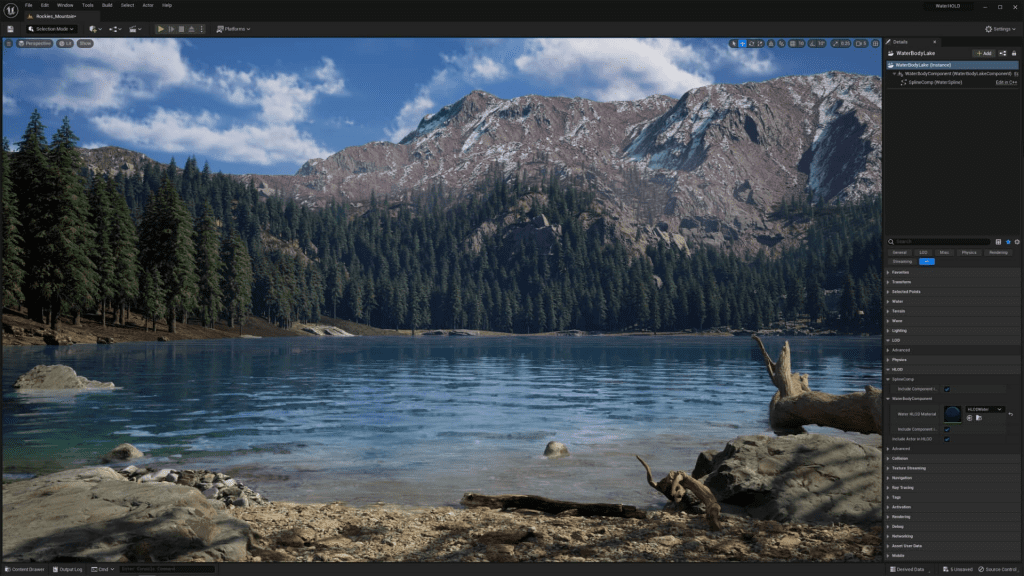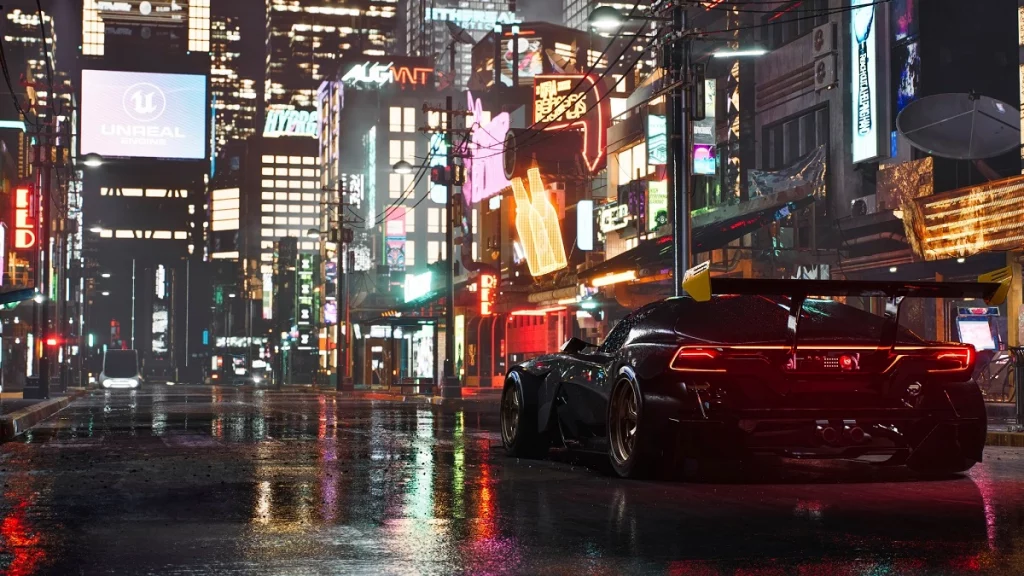The latest version of Epic Games’ Unreal Engine, which the company hopes will be used to construct the metaverse, was released today.
The latest version of Unreal Engine 5 has been updated to streamline the process of making 3D content. Various new features and enhancements that have been put through rigorous testing have been added to Unreal 5.1 to make the development environment more stable, efficient, and flexible for developers working in any field.


According to Epic Games, over half of all next-gen games are being made with the Unreal Engine. The dynamic global lighting and reflections system Lumen has been updated, the statement said. If you’re a game designer or plan on creating a metaverse, you’ll find this information useful.
Also, the Nanite virtualized micro polygon geometry system and virtual shadow maps have been improved. This makes it possible for high-frame-rate (60 fps) games and experiences on future consoles and powerful PCs. Epic claims that these alterations will allow for latency-free, fast-paced competition and detailed simulations.

To further facilitate material-driven animations and deformations via world position offsets and opacity masks, Nanite has also implemented a programmable rasterizer. With this new development, artists can use Nanite to program the actions of specific objects, such as leaves on Nanite-based plants that move when the wind blows.
For teams working on games or other large-scale interactive projects, UE 5.1 adds a number of features that will make their work easier and more efficient. Developers who don’t need access to the full object data can benefit from smaller workspaces and faster syncs thanks to virtual assets, which decouple the metadata from the object data and allow them to sync only what they need from source control systems like Perforce, as described by Epic.
DirectX 12’s new pipeline state object (PSO) caching makes it easier to get a game ready for release on the platform. Finally, Epic claims that on-demand shader compilation can save developers a lot of time while also improving their game’s level of interactivity by compiling only the shaders required to render what’s currently being displayed in the Unreal Editor.
This update adds new features and makes it easier for programmers to make huge open worlds. With the addition of support for large world coordinates, world partition can be used to make massive open worlds without sacrificing any fidelity. World Partition’s enhanced UI for managing, filtering, searching, and viewing files and change lists allows users to benefit from faster source control workflows.




